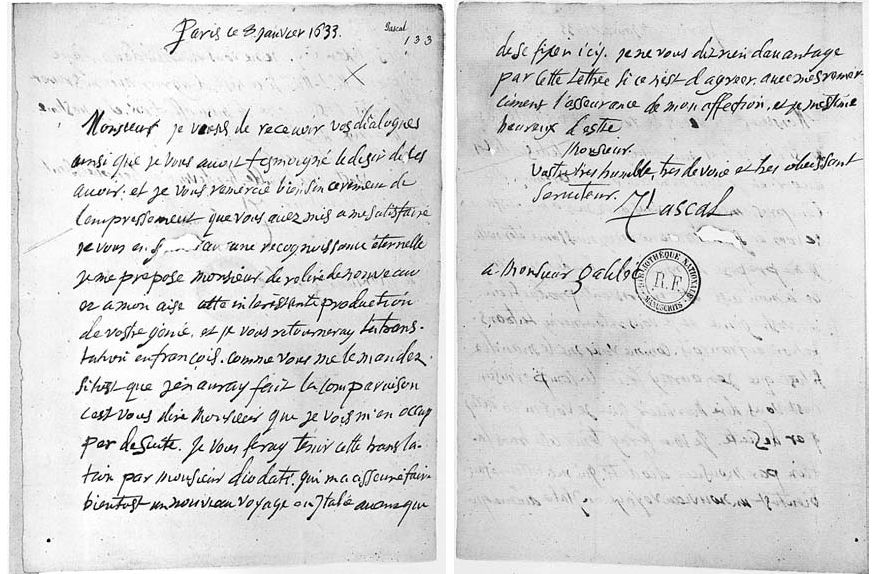The date on the letters was decades before Newton first described the same law in hisPrincipia.
It appeared that Isaac Newton was to be dispossessed of the glory he had been hitherto accorded.
Chasles expose caused a sensation.

He was a distinguished scholar, whose reputation stretched far beyond France.
Chasles was widely respected for his researches in geometry and the history of mathematics.
He established several important theorems in geometry, kinematics and gravitation.

He was also the receiver of the Copley Medal in 1865.
Chasless reputation was a strong argument in favor of the authenticity of the remarkable documents.
The men of science were astounded.

The Academy pressured Chasles to reveal the sources of the documents, but Chasles refused to divulge.
Denis Vrain-Lucas
Michel Chasles
Chasles met Denis Vrain-Lucas sometime in the early 1860s.
Vrain-Lucas used pages cut from cheap old books, and used ink that he made himself.

At first, Vrain-Lucas was cautious and restricted himself to correspondence from Frenchmen who had recently died.
A forged letter purported to be from Pascal to Galileo, created by Denis Vrain-Lucas.
He also never wondered how people who lived in different eras could have possibly written to each other.

In 1867, he approached the French Academy of Science with the intention of upending history.
But all it did was expose the fraud and Chasless own gullibility.
Joan of Arc’s letter to the Parisians, a forgery created by Denis Vrain-Lucas.
Photo:Wikimedia
The scientists of the Academy were skeptic when Chasles produced the documents.
He was pointed out that the handwriting on the letter differed considerably from those in genuine Pascal manuscripts.
But Chasles strongly defended his belief that the letters were genuine.
All his forged letters, except a hundred, were burnt.
Believe me, honored Sir, I never had the least desire to dishonor you.
Thirty thousand letters for 140,000 francs comes to a mere 5 francs a letter.
Hardly a fair price for an original manuscript from the hand of Pascal, Newton, or Galileo.
You were an experienced collector.
You who are an expert in logic must surely see that I cannot be guilty under either assumption.
…which is not entirely true.
This time he received double the usual termfour years.
He died around 1880, at the age of sixty-something.
Michel Chasles died around the same time.